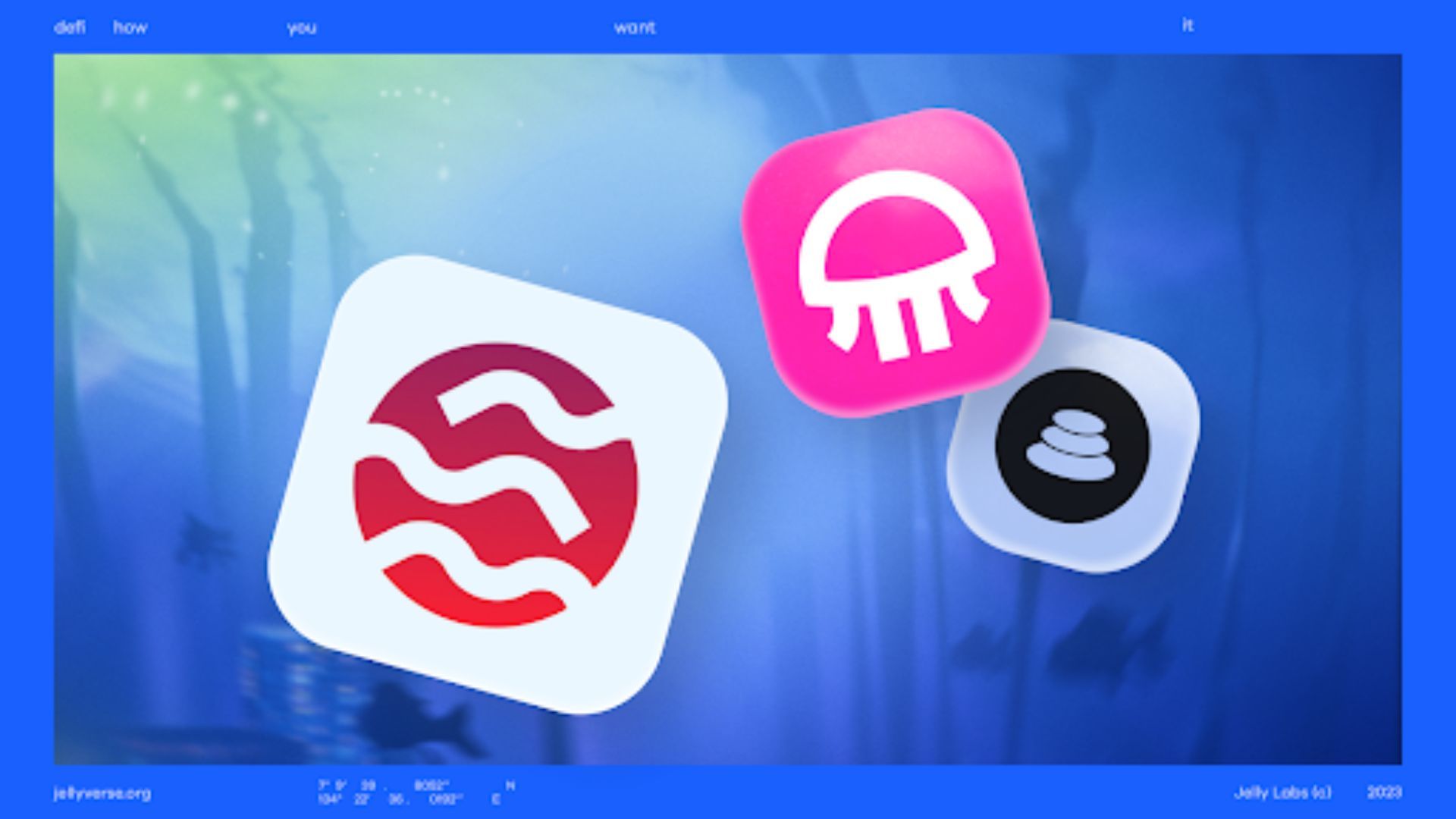index
The announcement also confirmed that the DEX will introduce trading of tokenized real assets such as stocks, ETFs and commodities, giving traders a more diverse portfolio.
In an announcement this week, Jellyverse, a comprehensive DeFi ecosystem, announced the launch of JellySwap, a decentralized exchange. The DEX will launch concurrently with the mainnet launch of Sei Network, an official fork of the Balancer protocol, bringing real-world assets (RWA) into the wider DeFi ecosystem.
According to the statement, JellySwap will leverage Balancer’s high-throughput architecture to provide users with a comprehensive trading ecosystem. The exchange allows users to trade in a variety of pool designs, including weighted pools containing up to 8 tokens in any ratio, stable pools for highly correlated assets, and several other pool types, expanding the possibilities for trading on the DEX. It will be enlarged. Jellyverse will also launch JellyStake, a staking platform that will allow users to earn rewards while securing the platform.
“The Balancer community is excited to begin our partnership with Jellyverse as we join forces to pioneer a new era of Defi innovation at Sei,” said Lipman, Head of Business Development at Balancer. “By leveraging the Balancer protocol and Sei’s unique infrastructure, the talented Jellyverse team will be able to provide unique opportunities for our users and establish ourselves as an important part of the Sei DeFi ecosystem.”
JellySwap will be the native platform for Jelly Token ($JLY), the native token of Jellyverse, and will serve as a decentralized portfolio management platform and liquidity provider for the Jellyverse ecosystem. JellyStake allows users to stake $JLY tokens to earn rewards and earn additional voting power. The staking platform is driven by ecosystem-wide inflation and fees generated by the protocol.
Nonetheless, Jellyverse will also introduce jAssets, a new synthetic asset backed by cryptocurrencies and stablecoins and reflecting the prices of real-world assets such as commodities, stocks, precious metals, and ETFs. These synthetic assets aim to provide users with indirect access to traditional assets while also providing more diversity opportunities.
Choosing Sei Network as your preferred blockchain stems from the efficiency and required infrastructure that the blockchain provides. Sei Network offers fast block settlement times and low transaction fees that provide a better user experience, making it an attractive platform for users who trade in huge volumes. Sei also has strong support from cryptocurrency VCs like Circle, increasing user confidence in the project.
DeFi 3.0: Jellyverse introduces synthetic RWA trading
The biggest change that JellySwap introduces is the tokenization of real-world assets. Despite the tremendous progress made by developers and innovators in the DeFi ecosystem, integrating existing asset classes has been a major challenge. Jellyverse aims to provide a solution to this through its innovative DeFi 3.0 ecosystem.
The ecosystem will introduce tokenized products that will allow DeFi users to use synthetic crypto tokens. These synthetic tokens reflect any specific price feed in the real world, such as stocks, commodities, ETFs, etc. This happens when major traditional financial institutions such as Blackrock announce plans to introduce physically backed tokenized assets.
Lastly, Jellyverse will be launching an airdrop campaign that aims to give away up to $1.7 million in JLY tokens to over 30,000 users. The airdrop rewards participants who follow and interact with Jellyverse’s social media pages and retweet airdrop tweets on the platform’s X (formerly Twitter) page.
Disclaimer: This article is provided for informational purposes only. It is not provided or intended to be used as legal, tax, investment, financial or other advice.
Investment Disclaimer

